Pneumatic System Components
Note:
Unlike electrical components, we will not use pneumatics every year. The decision of whether or not we use pneumatics ultimately comes down to how we decide to approach the year's game.
Below are several pneumatic system components that you may be working with on our robots.
Compressor
The compressor is the starting point for every pneumatics system. It compresses air into the accumulators for use in the pneumatic system.
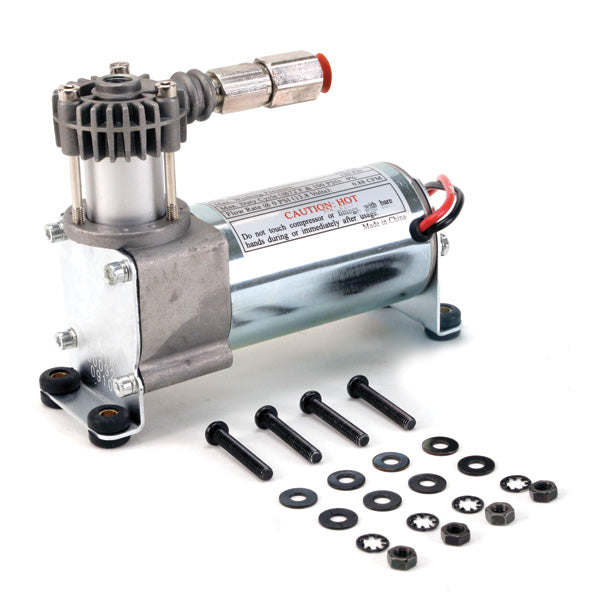
Accumulator
The accumulator(s) store compressed air for future use in the pneumatic system. They hold up to 125 PSI, however we regulate stored pressure to about 120 to be safe. Pressure coming out of the accumulator to the rest of the system should be regulated to 60 PSI.
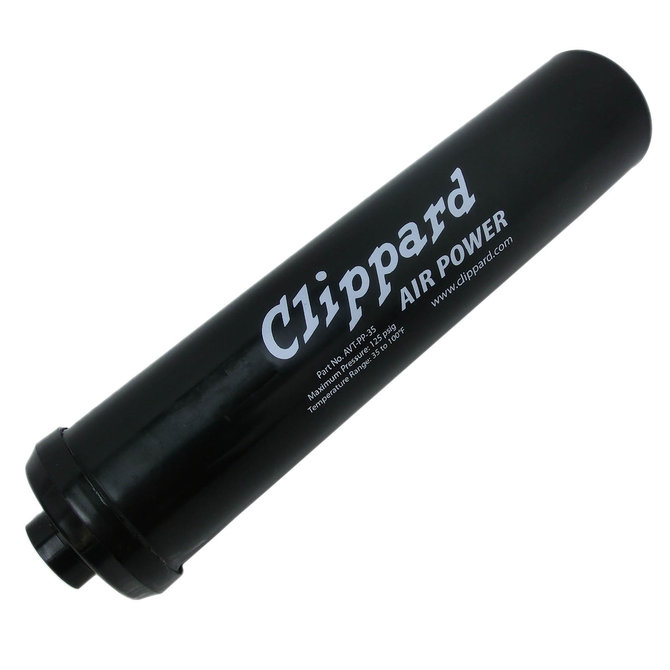
Regulator
Pressure regulators regulate how much pressure is allowed in a certain part of the pneumatics system. We typically have one regulator before the accumulator set to 120 PSI (stored pressure), and one after the accumulator set to 60 PSI (working pressure).
Pressure Gauge
The pressure gauge displays the PSI of the section it is placed in the pneumatic system. We typically put these right after regulators.
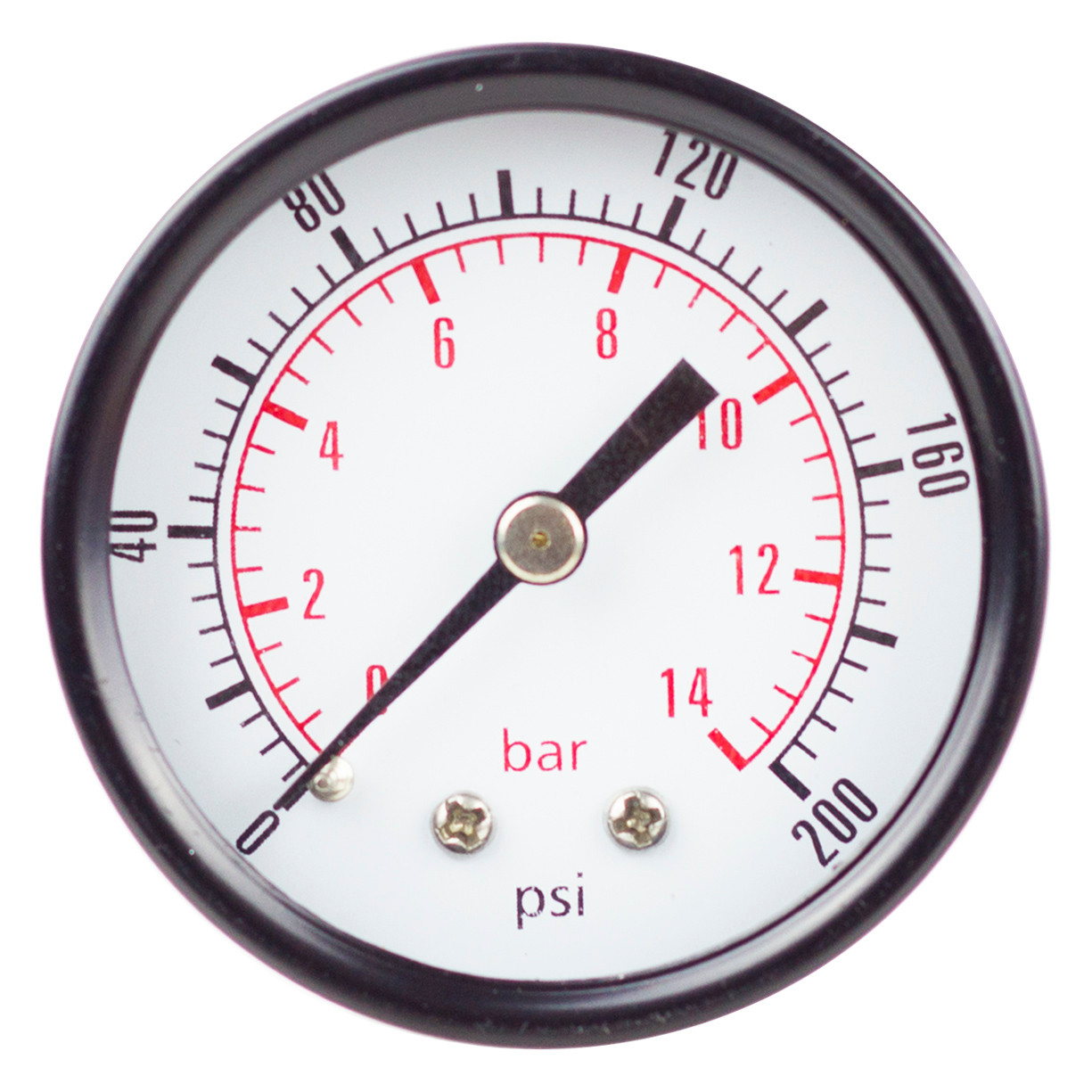
Manifold
The manifold distributes compressed air to pneumatic components such as cylinders. The actuation of these pneumatic components are controlled by pneumatic solenoids.

Solenoids
Pneumatic solenoids allow us to control the actuation of our pneumatics remotely. However, you can actuate pneumatics by pressing the small blue buttons on the solenoids if you are testing a mechanism.

Pressure Relief Valve
The pressure relief valve is a mechanical version of the pressure switch. The pressure relief valve is calibrated to 125 PSI (which is the maximum rated pressure of the accumulators). When the pressure exceeds that, the pressure relief valve pops open briefly to release pressure. From first-hand experience, this is VERY loud. Do not intentionally activate the pressure relief valve when you are near it.
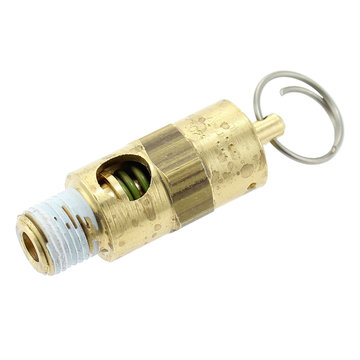
Pressure Switch
The pressure switch is a digital version of the relief valve that functions slightly differently. Instead of releasing pressure, it stops the compressor when it reaches a certain pressure (the ones we use do this at 115 PSI).
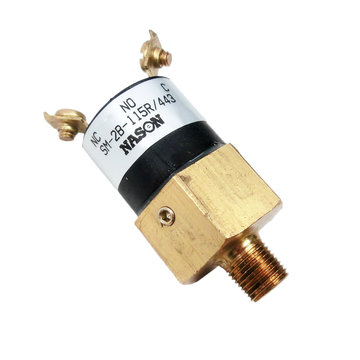
Cylinders
Pneumatic Cylinders use pneumatic pressure in order to actuate in a linear motion.
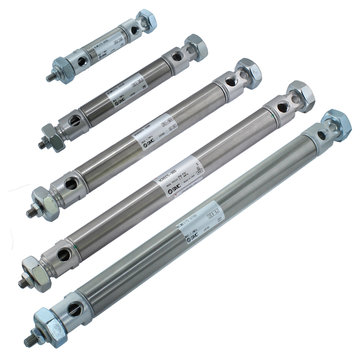
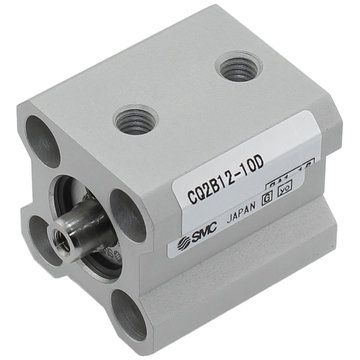
Dump Valve
The dump valve is typically a valve we have connected at the beginning of the system that, when activated, will relieve pressure stored in the system. We use this after we are done testing/using pneumatics or after we complete a match (if there are pneumatics on the robot).